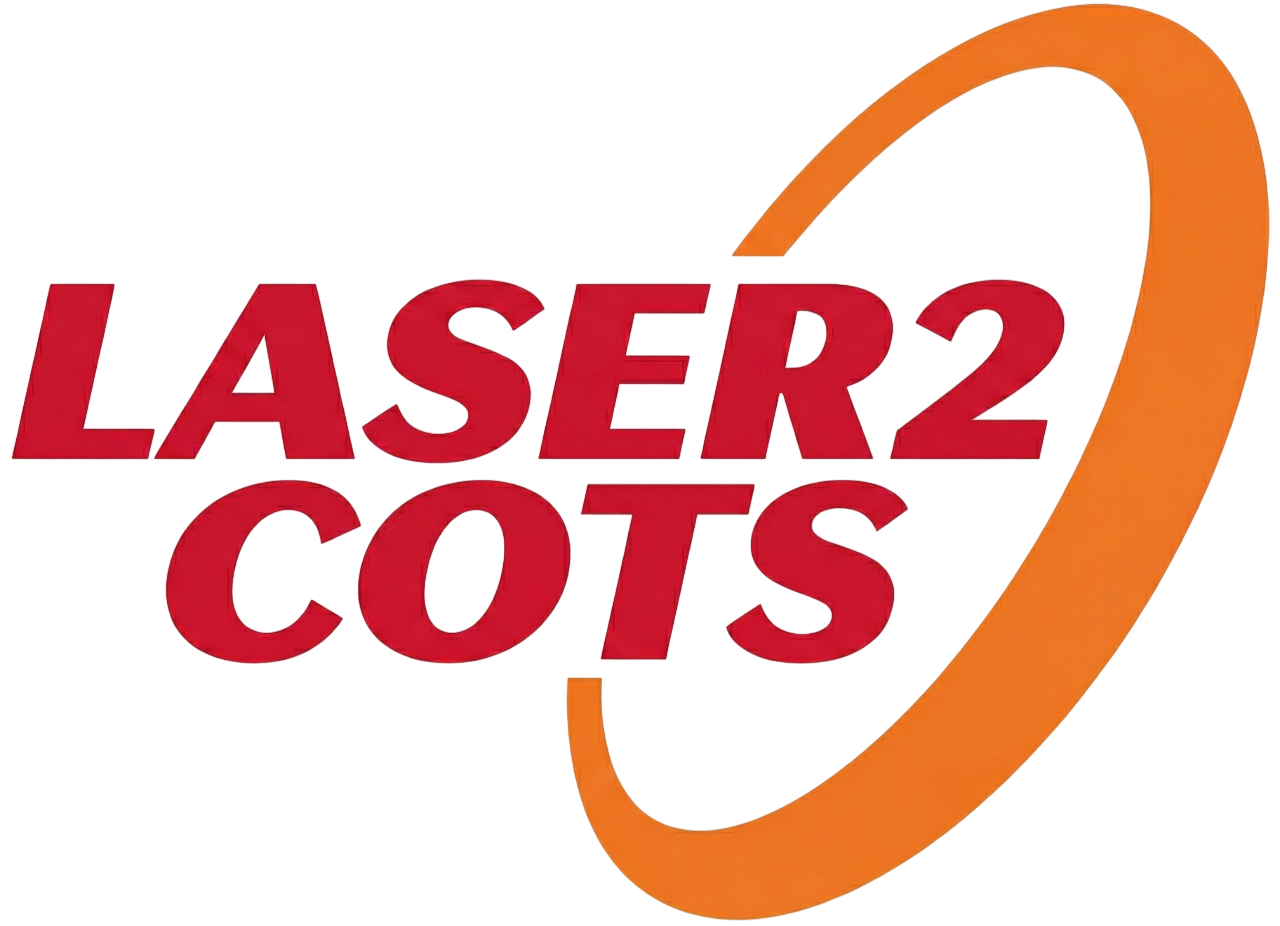Comparison of Band Gaps and Optical Absorption Mechanisms of Semiconductor Substrates
In laser-based radiation evaluation, the optical absorption mechanism depends on both the semiconductor substrate material and the wavelength of the incident laser. The table below summarizes optical absorption mechanisms for common substrates at laser wavelengths frequently used by QRT.
Comparison of Optical Properties of Si, GaAs, SiC, and GaN Substrates
| Substrate | Band Gap | 1064nm-1260nm | 630nm |
|---|---|---|---|
| Si | 1.12 eV | SPA / TPA | SPA |
| GaAs | 1.42 eV | TPA | SPA |
| SiC | 3.23 eV | MPA | TPA |
| GaN | 3.42 eV | MPA | TPA |
SPA: single-photon absorption
TPA: two-photon absorption
MPA: multiphoton absorption
Among the materials listed, silicon (Si) has the smallest band gap, so wavelengths near 1064 nm can be absorbed via single-photon absorption (SPA).
By contrast, GaAs requires two-photon absorption (TPA) in the 1064-1260 nm range, while wide-band-gap materials such as SiC and GaN require higher-order nonlinear absorption at those wavelengths.
For example, a wavelength of 630 nm corresponds to a photon energy of ~1.97 eV.
In materials where the band gap exceeds this energy, TPA-where two photons are absorbed nearly simultaneously-is required to promote an electron across the band gap.
For even wider band-gap materials and/or longer wavelengths, multiphoton absorption (MPA) may be necessary.
To support evaluation across a wide range of semiconductor devices, QRT operates femtosecond pulsed-laser systems covering 630-1700 nm with pulse durations as short as 200 fs.
This enables precise, flexible radiation-effects evaluations tailored to the optical and material characteristics of each device under test.


